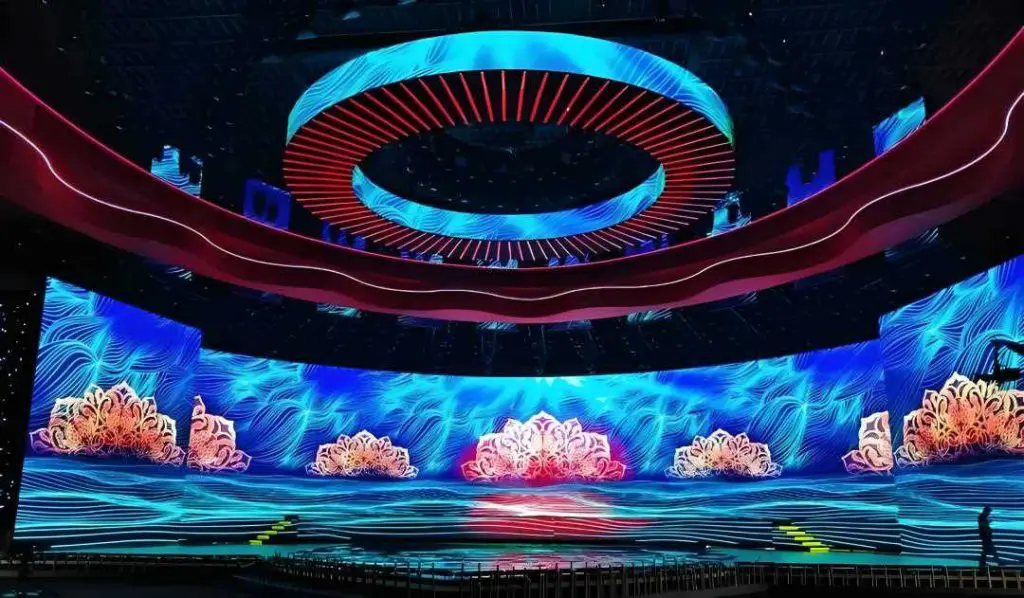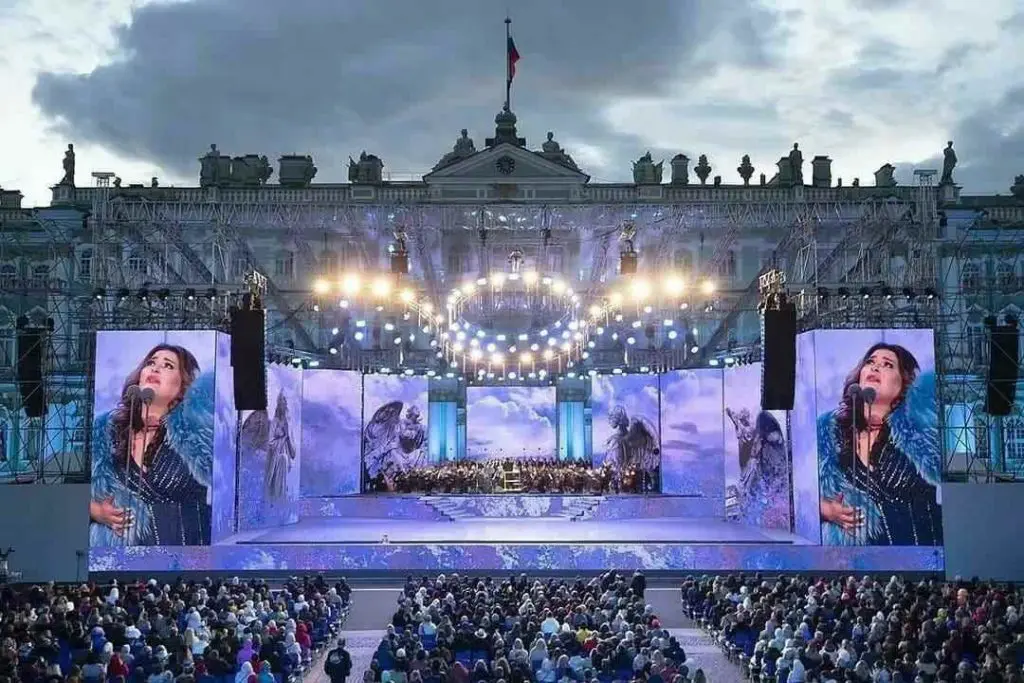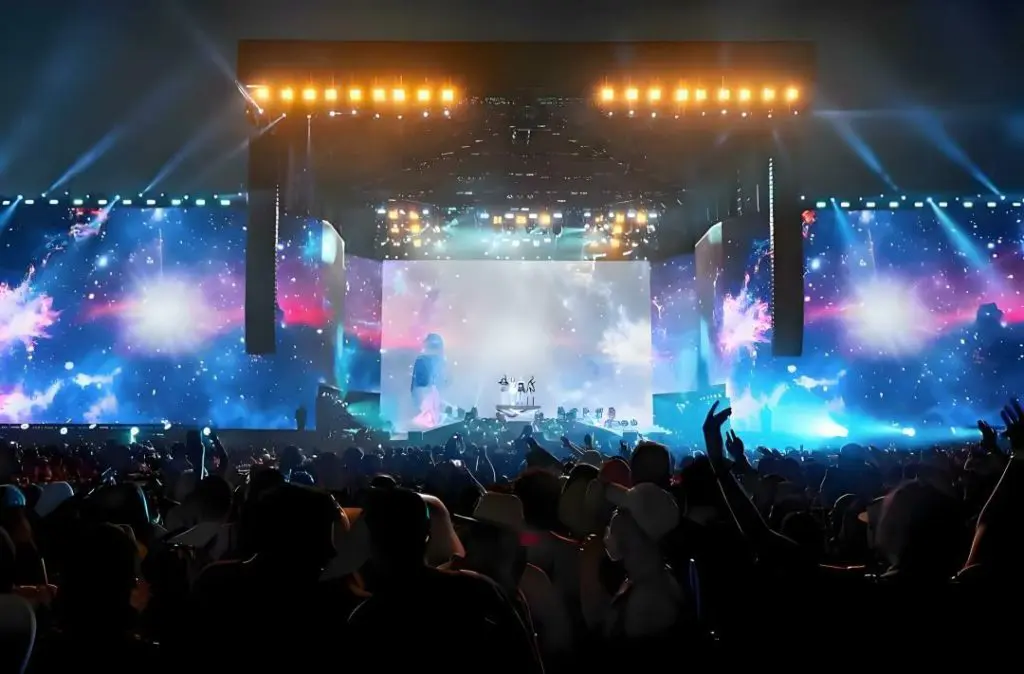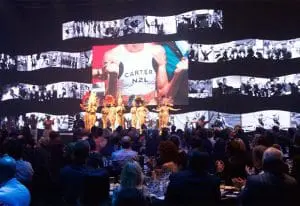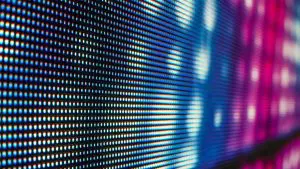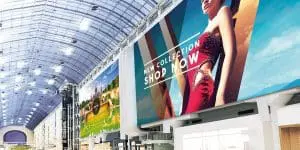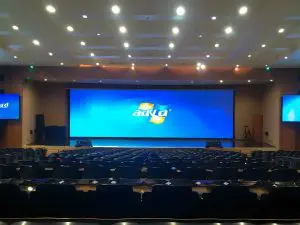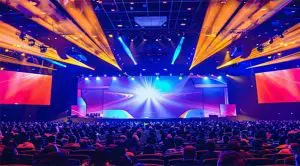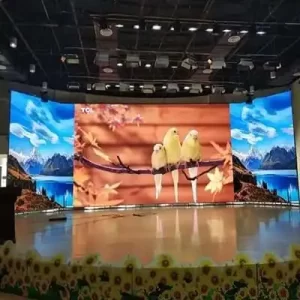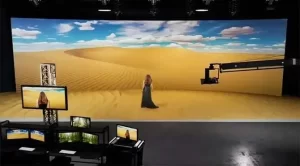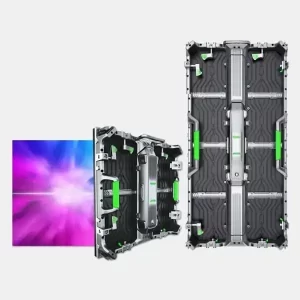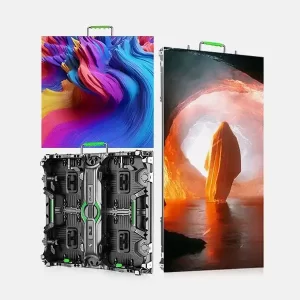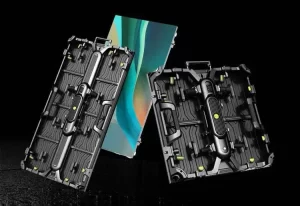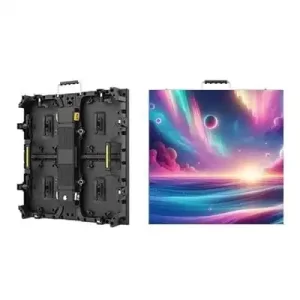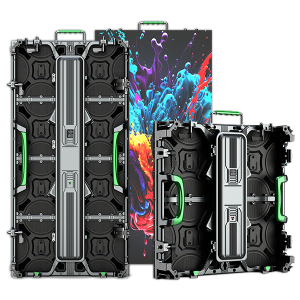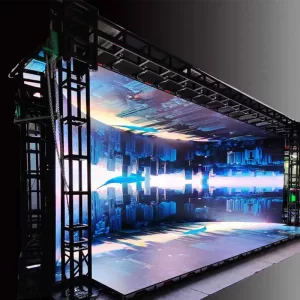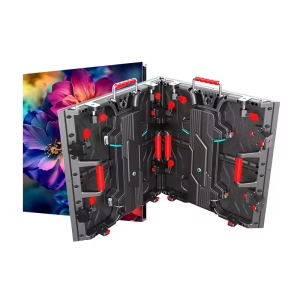An LED screen for stage is a cutting-edge solution for events requiring dynamic visuals, high-quality content display, and audience engagement. Whether it’s for concerts, corporate events, theater productions, or weddings, LED Display screens enhance the atmosphere, captivate audiences, and bring creative visions to life. With their flexibility, durability, and advanced technology, LED screens are an essential tool for modern event stages.
In this guide, we’ll explore everything you need to know about LED screens for stages, including their benefits, types, applications, and how to choose the perfect screen for your event.
What Is an LED Screen for Stage?
An LED screen for stage is a seamless digital display created using LED (Light Emitting Diode) panels. These screens are widely used in live events, where they serve as dynamic backdrops, display live feeds, or showcase branding and visuals. Unlike traditional projection systems, LED screens deliver superior brightness, vibrant colors, and flexible configurations, making them suitable for both indoor and outdoor stages.
How LED Screens Work
- LED Panels: The screen is built from modular panels that connect seamlessly to create large displays.
- Pixel Pitch: The distance between LED pixels determines the screen’s resolution and clarity.
- Content Control: Advanced processors and software manage the visuals, allowing real-time updates and playback.
Benefits of Using LED Display Screens on Stage
1. Unmatched Visual Quality
LED Displat screens provide exceptional brightness, clarity, and color accuracy, ensuring that visuals stand out even in challenging environments.
- Brightness: With levels up to 10,000 nits, LED screens are visible even under direct sunlight.
- High Resolution: Options like P1.2–P4 ensure crisp, detailed visuals for close and distant viewing.
- Wide Viewing Angles: Content remains sharp and vibrant, no matter where the audience is seated.
2. Versatile Design and Configuration
LED screens are fully customizable to fit any stage layout or event type:
- Modular Panels: Create screens of any size or shape, from flat walls to curved designs.
- Creative Shapes: Arches, cylinders, and 3D configurations add a unique touch to stage design.
- Flexible Setup: Ideal for temporary events with easy assembly and disassembly.
3. Real-Time Interaction
LED screens allow event organizers to integrate interactive visuals for audience engagement:
- Live Feeds: Stream performances, speakers, or audience reactions in real time.
- Social Media Walls: Showcase live tweets, hashtags, or audience posts during the event.
- Interactive Features: Use LED screens for live polls, Q&A sessions, or gamified experiences.
4. Enhanced Branding Opportunities
LED screens are a powerful platform for branding and sponsorship:
- Dynamic Logos: Display animated logos or branded visuals.
- Sponsor Ads: Rotate sponsor content to generate additional revenue.
- Custom Themes: Match visuals to the event’s branding or theme.
5. Cost-Effective and Sustainable
While the initial investment in LED screens may seem high, their long-term benefits outweigh the costs:
- Durability: With a lifespan of 50,000–100,000 hours, LED screens are built to last.
- Reusable Content: Visuals and templates can be repurposed across multiple events, saving time and resources.
- Energy Efficiency: LED technology consumes less power compared to traditional lighting and projection systems.
Types of LED Displays for Stages
1. Indoor LED Screens
- Best For: Conferences, theater productions, weddings, product launches.
- Features: High resolution (P1.2–P3), moderate brightness (500–1,500 nits), and lightweight panels.
2. Outdoor LED Screens
- Best For: Concerts, music festivals, sports events, public gatherings.
- Features: High brightness (5,000–10,000 nits), weatherproof designs (IP65+), and durable construction.
3. Curved LED Screens
- Best For: Immersive stage designs, creative events, and exhibitions.
- Features: Flexible panels for concave, convex, or circular designs.
4. Transparent LED Screens
- Best For: Futuristic stage designs, retail displays, and creative productions.
- Features: Semi-transparent panels that allow light to pass through, creating a unique 3D effect.
5. Portable LED Screens
- Best For: Temporary events, roadshows, or rental stages.
- Features: Lightweight, easy to transport, and quick to assemble.
6. Interactive LED Floors
- Best For: Concerts, performances, engagement-focused events.
- Features: Touch-sensitive LED panels that create dynamic effects based on movement.
Applications of LED Screens for Stages
1. Concerts and Music Festivals
- Use LED walls as dynamic backdrops with synchronized visuals and light shows.
- Display live footage of performers or audience reactions to enhance the experience.
2. Corporate Events and Conferences
- Showcase presentations, keynote speeches, and infographics on a large, clear screen.
- Integrate real-time audience interaction, such as live polls or Q&A sessions.
3. Weddings and Private Events
- Play videos, photos, or live streams of the ceremony on a high-definition screen.
- Create romantic animations or personalized visuals as part of the stage backdrop.
4. Product Launches and Trade Shows
Highlight product features with videos, demos, and animations.
- Use interactive screens to engage attendees and showcase innovations.
5. Theater and Performances
- Replace traditional static sets with dynamic, ever-changing digital backdrops.
- Enhance storytelling with animations and special effects.
6. Sports Events
- Display live game feeds, scores, and commentary on large LED screens.
- Showcase sponsor advertisements during breaks for additional revenue.
How to Choose the Right LED Screen for Your Stage
1. Pixel Pitch and Resolution
- P1.2–P2: Perfect for close-up viewing in indoor settings.
- P3–P6: Ideal for larger stages and outdoor events with distant audiences.
2. Brightness
- Indoor Events: Brightness levels between 800–1,500 nits are sufficient.
- Outdoor Events: Opt for 5,000–10,000 nits to combat direct sunlight.
3. Size and Configuration
- Match the screen size to your stage and audience size.
- Consider modular designs for flexibility in setup and future use.
4. Refresh Rate
A refresh rate of 3,840Hz or higher ensures smooth video playback, especially for live streaming or fast-moving visuals.
5. Portability and Setup
For temporary or traveling events, lightweight and portable panels are essential for quick assembly and teardown.
Cost of LED Screens for Stages
The cost of an LED screen depends on factors like size, resolution, and features. Below are some approximate price ranges:
| Screen Type | Pixel Pitch | Price Range (per m² USD) | Best For |
|---|---|---|---|
| Indoor LED Screens | P1.2–P3 | $900–$4,000 | Conferences, weddings, corporate events. |
| Outdoor LED Screens | P3–P6 | $500–$3,000 | Music festivals, outdoor concerts. |
| Curved LED Screens | P2–P5 | $1,000–$3,000 | Immersive or creative stage designs. |
| Transparent LED Screens | P3–P7 | $1,000–$3,000 | Futuristic events, exhibitions. |
| Interactive LED Floors | P3–P5 | $2,000–$5,000 | Dynamic stages, audience interaction. |









